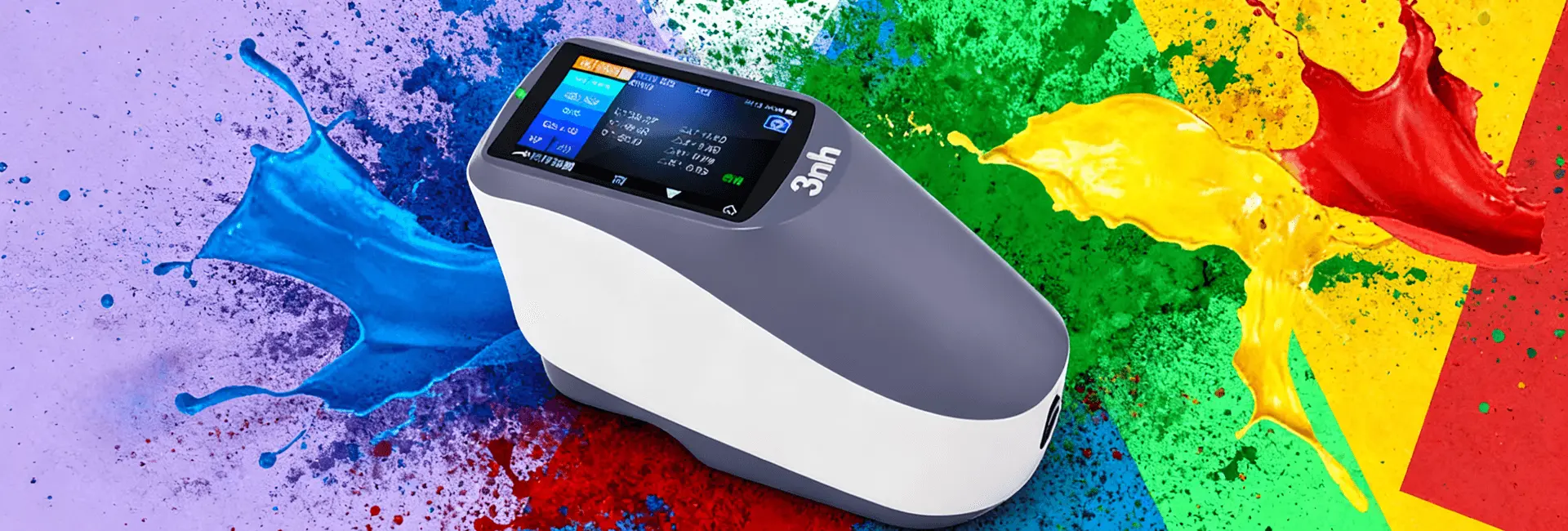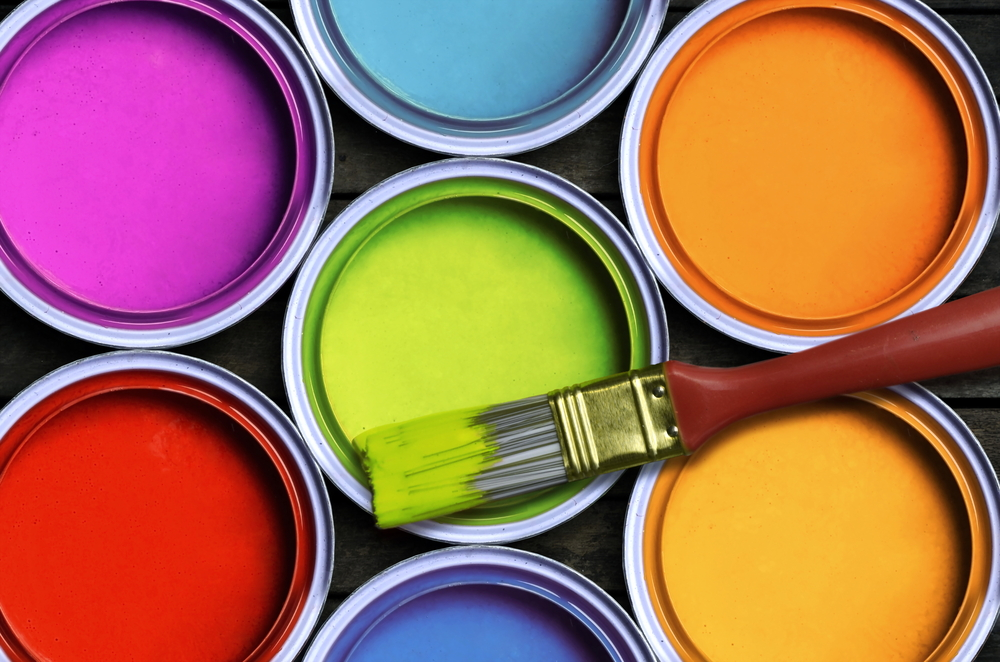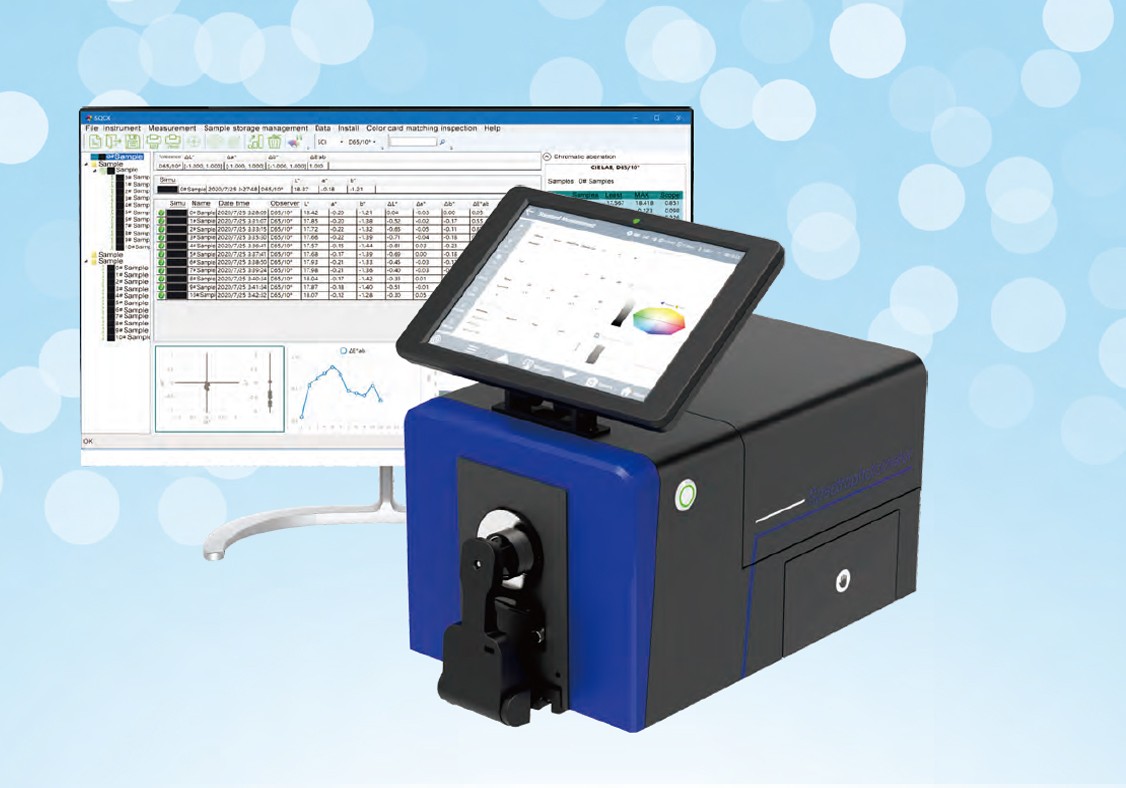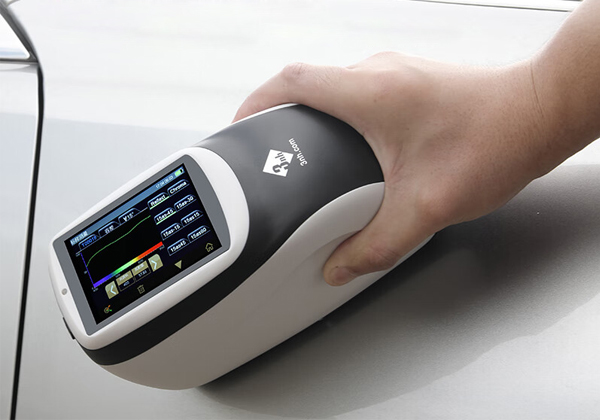Call Now

Paints and coatings are based on complicated color issues that go beyond just selecting a color on a chart. Even raw material variations, environmental factors, texture of surfaces. Also, variations in lighting during application can cause the colour to match.
To remedy such problems, manufacturers require quality paint gauges and professional paint matching solutions that would guarantee color accuracy at every phase of manufacturing.n.
1. Batch-to-batch inconsistency
When manufacturing, a slight change in pigment concentration, the quality of dispersion, or resin ratios can result in a measurable color change, even with strict tolerances.
2. Substrate influence
Surface porosity, degree of gloss, and reflectivity are common among metal, plastic, wood, and composite materials. It can change perceived color by creating different light scattering and light absorption.
3. Gloss and texture variations
A gloss material reflects more light in a specular manner. Whereas a matte material scatters it in a diffused form, which influences both brightness and hue.
4. Lighting conditions
Metamerism is the phenomenon in which two paints appear identical under one illumination. But distinct from one another, because they have different spectra in the material reflectance. This is a significant problem in mixed lighting environments and variable lighting scenarios.

Measurement of color is the procedure of measuring a color as a reproducible and objective performance. In contrast to the subjective human perception, which is not reliable due to the effects of light, fatigue, or the angle of the view. The color measurement instruments allow the quantification of colour values with numbers.
This is usually through the use of such tools as a paint spectrophotometer. This measures the reflection or absorption of light of a sample in the visible spectrum. This data is then transformed into standard colour spaces such as CIELAB or Lab*. So that comparison and reproduction can be accurate.
Need to know how to measure paint during quality control? Or want to match a custom automotive finish? High-quality paint colour analysers and software are essential.
Measurement of the color of paint and coating depends upon several important instruments, and these instruments have their particular application and precision:
Paint color match spectrophotometer is considered the industry standard of color measurement accuracy and repeatability. They measure spectral reflectance values over the broad visible range (usually 400 - 700 nm) and then translate this to standard color values, e.g., CIELAB or Hunter Lab.=

They are used to perform color measurement in a controlled environment where the precision is ultra-high. They provide stable measurement conditions, better repeatability, and allow multiple viewing geometries (e.g., d/8°, 45/0°). These are critical to research and batch control purposes.

The use of Multi-Angle Spectrophotometers is also vital in automotive paint testing and vehicle paints, which may be pearlescent or metallic finishes in a car, and refract differently at different angles. Profiling at several angles (e.g., 15°, 25°, 45°, 75°, and 110° degrees) is used to monitor "flop" color or angle variations.
2024-11-12